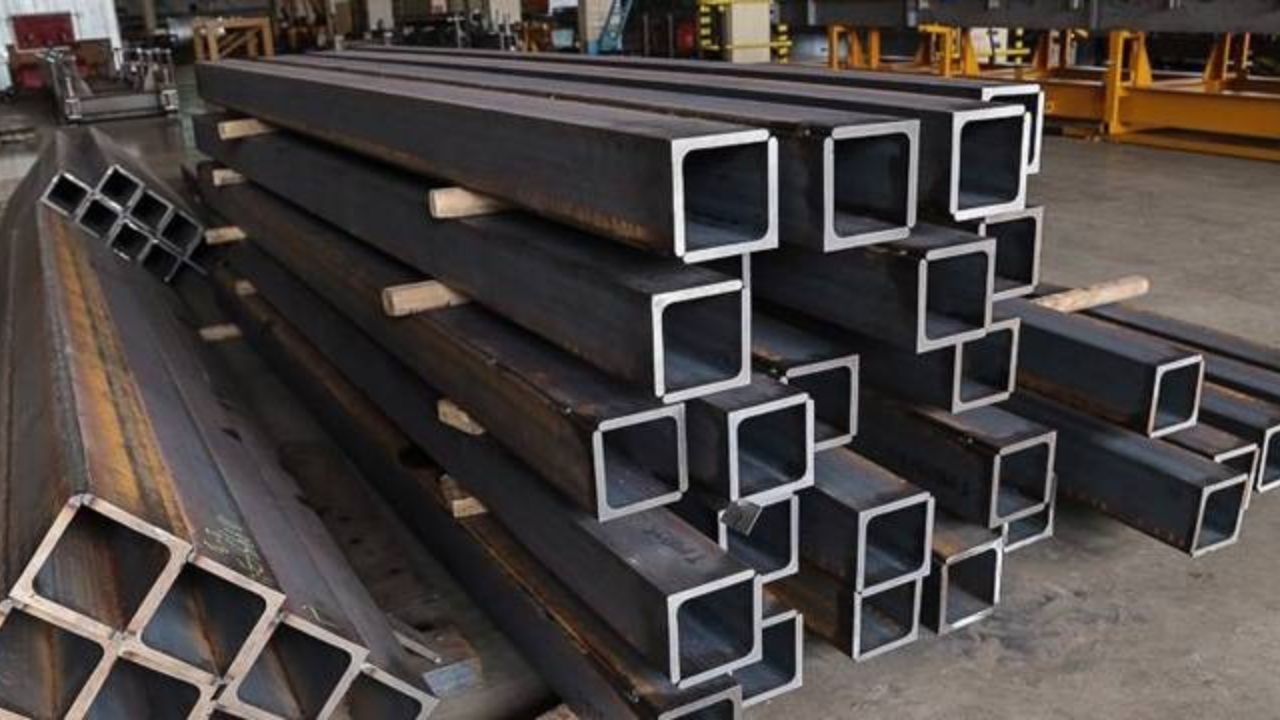In the ever-evolving landscape of modern construction, the choice of materials plays a pivotal role in shaping innovation. Among the key contributors is ASTM A500 Grade B, a specification that outlines standards for various structural steel shapes. This grade’s significance lies in its versatility and durability, making it a preferred choice for architects and engineers driving innovation in construction.
Versatility Unleashed: Diverse Shapes, Infinite Possibilities
One of the hallmarks of ASTM A500 Grade B is its ability to accommodate diverse shapes, ranging from round and square to rectangular sections. This versatility opens up a myriad of design possibilities, allowing architects to push the boundaries of traditional construction. The adaptability of these shapes empowers designers to create structures that not only meet functional requirements but also exhibit aesthetic appeal.
Structural Integrity and Durability: Foundation for Innovation
At the core of ASTM A500 Grade B’s impact on modern construction is its superior structural integrity and durability. These attributes are indispensable for creating buildings that withstand the test of time and environmental challenges. The grade’s high strength-to-weight ratio enhances structural stability, enabling architects to design taller and more complex structures without compromising safety.
Sustainable Construction: A500 Grade B’s Environmental Edge
ASTM A500 Grade B has garnered attention in the construction industry due to its environmentally responsible attributes, contributing to the growing emphasis on sustainability. One key factor that sets A500 Grade B apart is its recyclability. The material can be recycled after the end of its lifecycle, reducing the demand for new raw materials and minimizing waste.
In addition to recyclability, ASTM A500 Grade B incorporates recycled content in its manufacturing process. This approach aligns with the broader global push for eco-friendly practices in construction. By utilizing recycled materials, the industry reduces its reliance on virgin resources and lowers the overall carbon footprint associated with construction projects.
Efficiency in Construction: Time and Cost Savings
In the fast-moving construction world, saving time and money is crucial. ASTM A500 Grade B stands out with its easy weldability and fabrication properties, making construction processes smoother. The simplicity of working with these shapes means projects get done faster, and costs go down. It’s a practical solution for construction pros looking to tackle challenges efficiently.
Resilience in Challenging Environments: A500 Grade B’s Endurance
Modern construction often involves projects in diverse and challenging environments. ASTM A500 Grade B’s resistance to corrosion and harsh weather conditions makes it an ideal choice for such scenarios. Whether it’s supporting structures in coastal regions or enduring extreme temperatures, the resilience of A500 Grade B shapes ensures the longevity of construction projects in the face of environmental adversities.
Innovative Applications: Beyond Conventional Structures
ASTM A500 Grade B shapes aren’t just for regular buildings. They work well for all sorts of things – from pedestrian bridges and cool sculptures to supporting industrial equipment. This adaptability means architects and engineers can get creative, encouraging a culture of non-stop innovation in construction.
Conclusion:
In conclusion, ASTM A500 Grade B shapes stand as a cornerstone in driving innovation in modern construction. Their versatility, structural integrity, sustainability, efficiency, resilience, and innovative applications collectively contribute to pushing the boundaries of what is possible in the realm of construction. As architects and engineers continue to explore new frontiers, ASTM A500 Grade B remains a reliable and forward-thinking ally in shaping the future of the built environment.
